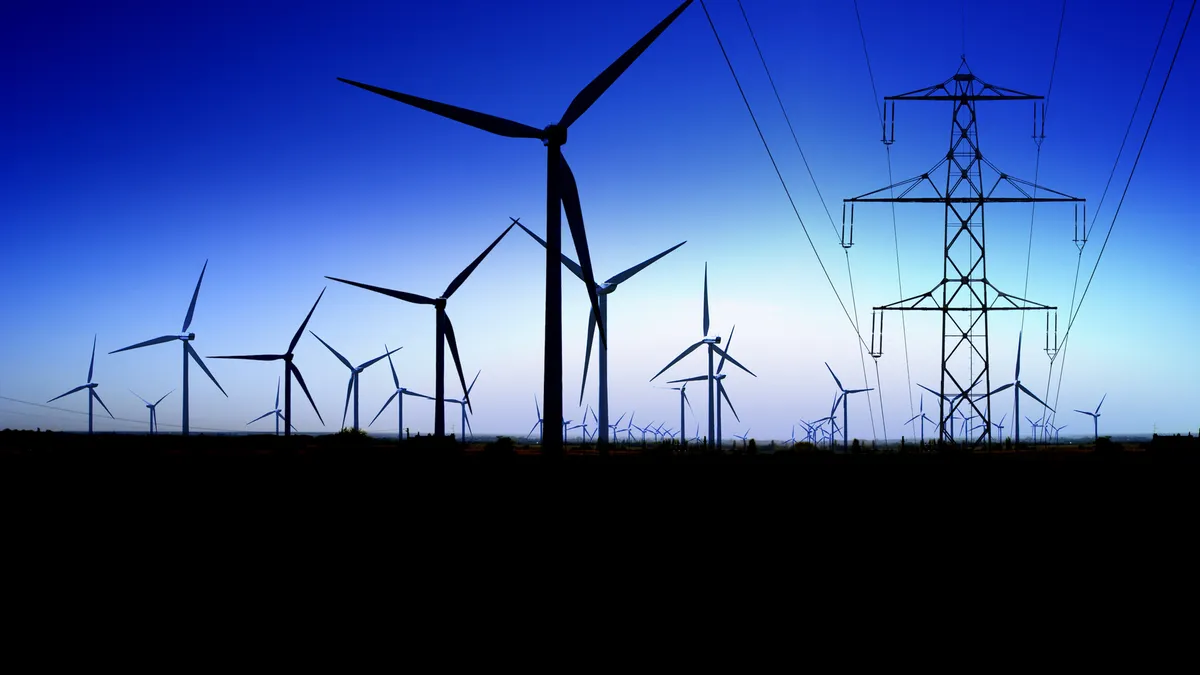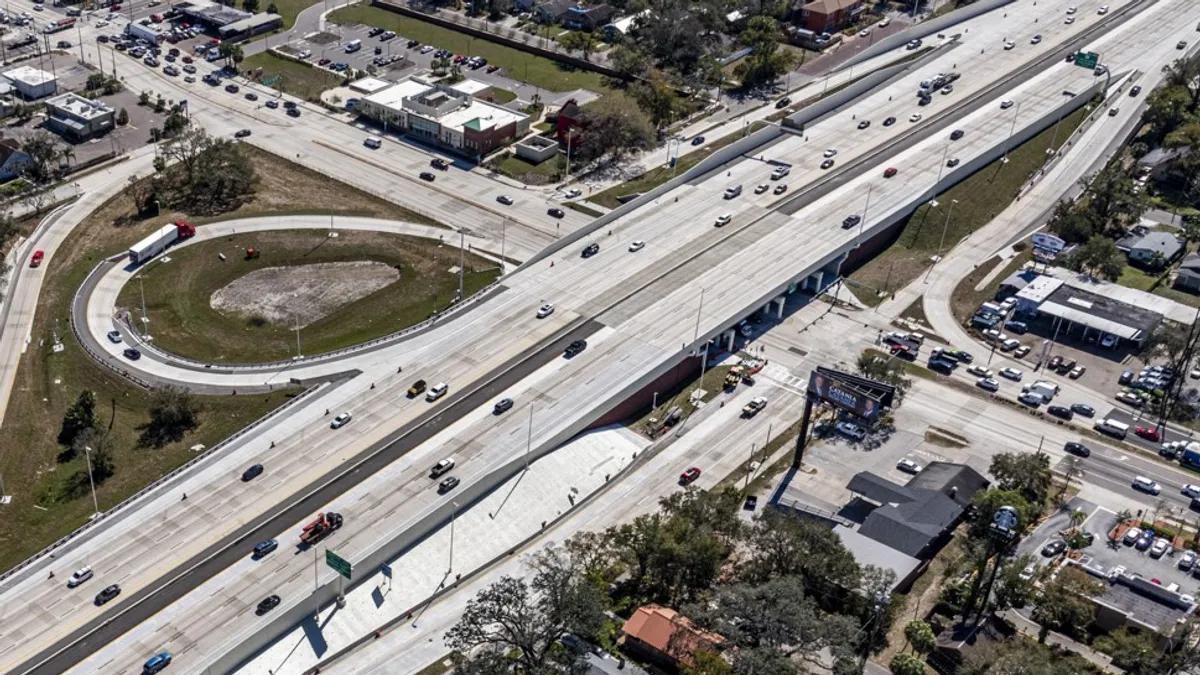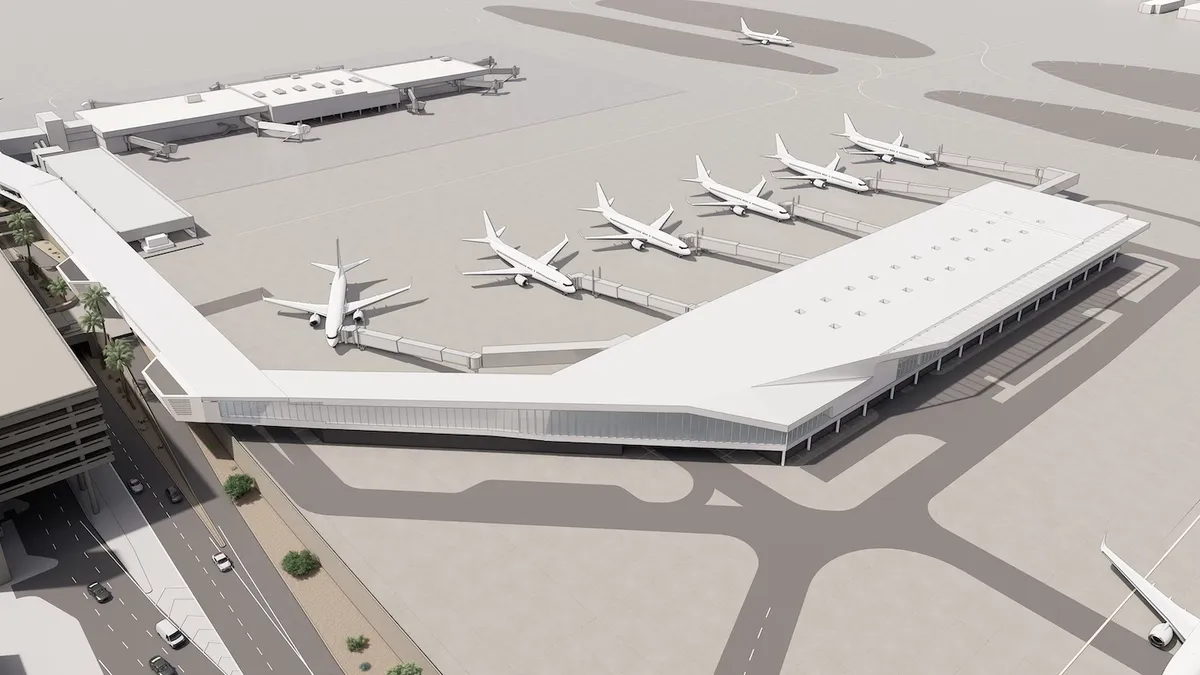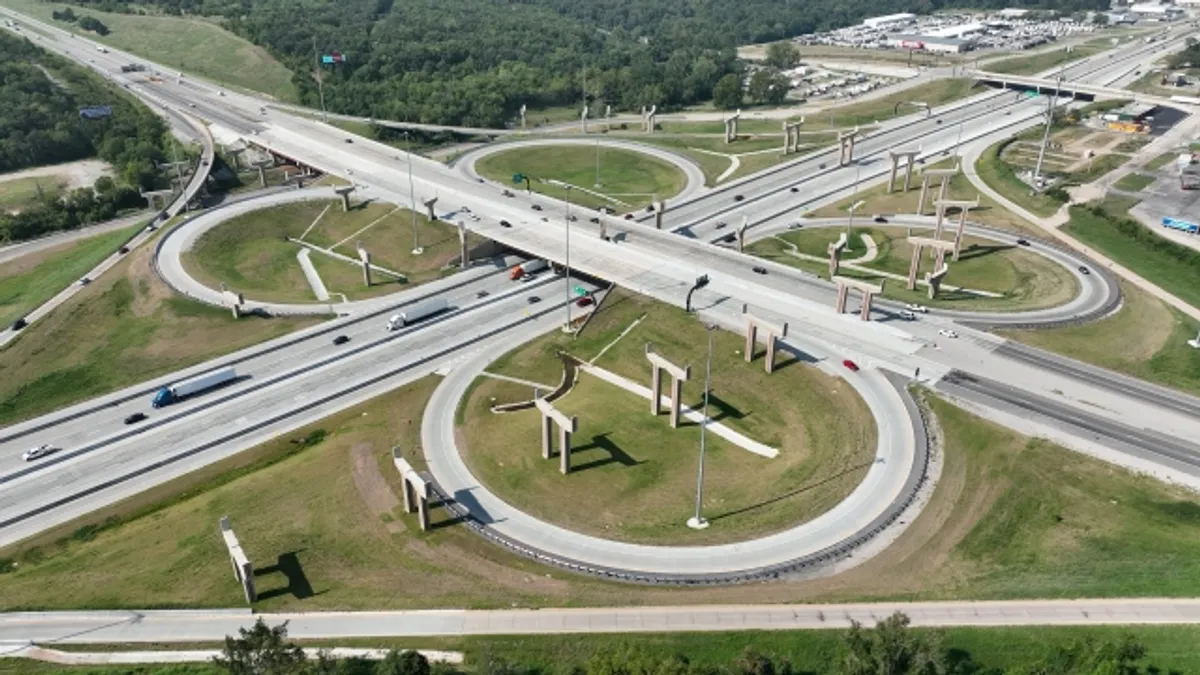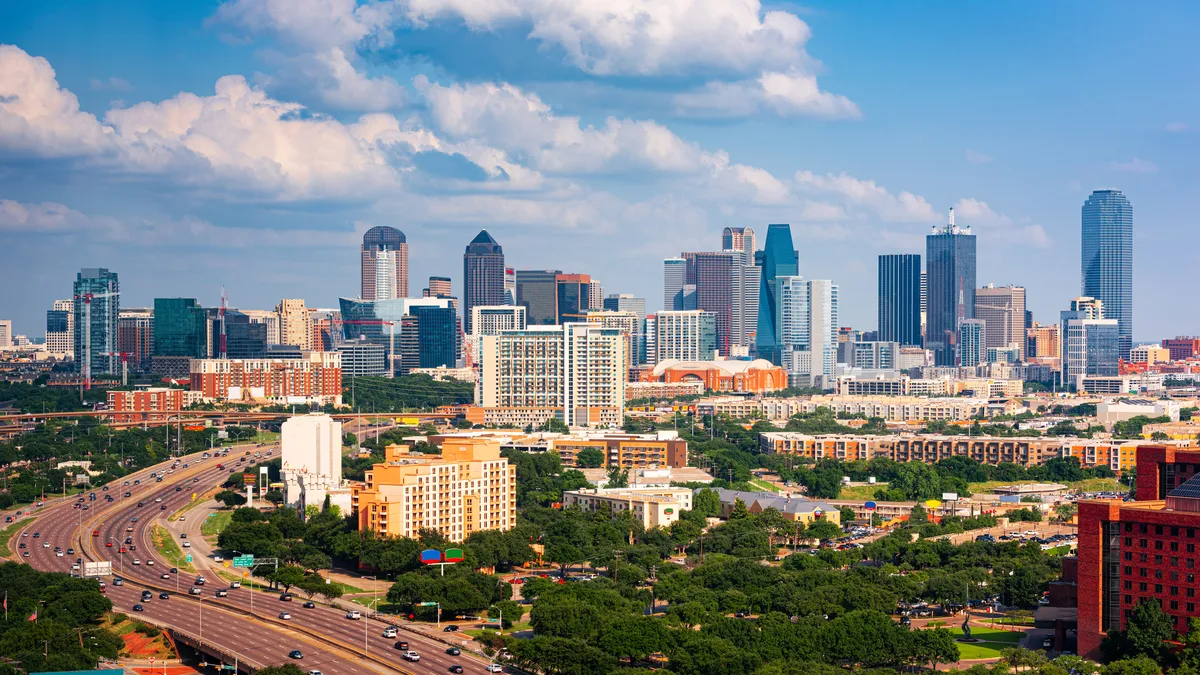For those who don't see them every day, there’s nothing quite like the sight of wind turbines.
At a distance, they seem to spring out of the earth as pale, 200-plus-foot-tall stems with rotating, petal-like blades more than 100 feet long.
This view is not available to most Americans on a day-to-day basis. Wind farms, a collection of turbines, tend to be located in relatively remote areas in locales with reliable winds at speeds sufficient enough to move the blades.
Through the third quarter of 2017, there were approximately 84,944 megawatts of installed wind capacity in the U.S., with another 29,634 megawatts in development, according to the American Wind Energy Association (AWEA). During the last decade, wind energy has seen $143 billion of investment and, through the end of 2016, created more than 100,000 jobs.
How it works
"There is absolutely a trend toward wind farms," said Dan Chorost, an environmental attorney at the New York law firm of Sive, Paget & Riesel.
That’s not surprising given the push toward more comparatively clean and straightforward technology. The system works by harnessing wind, generally between speeds of 8 to 16 mph, that then rotates the turbine's blades. The blades, connected to a rotor, power a generator that creates energy before it is converted to high-voltage electricity in a transmission substation.
From there, electricity moves to one of the nation's three major transmission grids before being transferred to smaller stations and grids at lower voltages where it will eventually make its way to the consumer.
Industrial wind farms, according to the University of Michigan's Center for Sustainable Studies, require as many as 85 acres per megawatt. That translates to a piece of land between 260 and 360 square miles needed to match the energy output of a 1,000-megawatt nuclear plant.
But that space doesn't necessarily have to be unusable. The AWEA reported in 2009 that wind farms can be a financial boon for agricultural farmers who could take in around $14,000 annually from a wind lease on a 250-acre farm.
Wind's momentum grows
National general contractor and real estate developer Mortenson Construction has rooted itself firmly in the onshore wind farm industry.
The company's journey into the wind industry, said Tim Maag, vice president and general manager of Mortenson’s wind energy group, started in 1995 when it built a small turbine for a manufacturing company in Iowa. "We stuck with it, and we're glad we invested team members and resources in the industry," he said.
Xcel Energy awarded Mortenson a contract earlier this year to build a portion of a $1 billion 300-turbine wind farm at Rush Creek in east-central Colorado. The installation will be the largest single-phase facility in North America, capable of producing 600 megawatts of electricity.
But Mortenson has won additional contracts since then, including two additional Xcel projects in Minnesota, according to the Star Tribune.
Maag said he expects the wind energy sector to be strong through 2020 or 2021, depending on what Congress does with the current wind energy production tax credit (PTC). That credit is set for a 20% annual phase-down beginning with projects started this year.
The PTC, however, now faces a House Republican bill that threatens to saddle projects that have already qualified for 2016's full PTC credit with a continuous construction requirement, according to North American Windpower. If passed, the bill could cause some projects to lose their full credit and endanger their future.
"In 2015, the wind industry went in front of our government and said we would accept a phase-out of the [PTC]," Maag said. "In a sense, we already agreed to tax reform. Now to go backward on that — that would not be good for our industry.”
Garrett Harley, vice president of strategic accounts for construction management platform Aconex’s building division, said the uncertainty of tax reform could prevent companies from developing repeatable, consistent business strategies as long the debate goes on.
"A helpful part of government is when it can build incentives into policy, and they can change things for everybody," he said. As it stands now, Harley said, the possible outcome of what the House proposal is only creating uncertainty in the space.
A new direction
Today, U.S. wind energy is moving in a new direction — offshore wind farms. Chorost said several states along the Northeast, Mid-Atlantic and West Coast, as well as along the Great Lakes, are jockeying to position themselves as the hub of a future American offshore industry.
The dominant players in that space are currently based in Europe. And efforts to get them to establish operations, in U.S. waters, Chorost said, would take significant planning.
Just to build a ship that could service wind farms in waters off the northeast coast could cost as much as $300 million, he said. "Whoever is going to be the first company to build here is going to have to take a good look at [all the costs]."
Those costs increase the farther away farms get from the shore. Some potential deliverable energy, Chorost said, is lost the farther it has to travel to the grid, and the cost to shuttle maintenance and construction crews increases with distance.
But the American industry shouldn't be totally reliant on foreign companies when it comes to building wind farms, Chorost said. Contractors, after all, have figured out how to build offshore oil and gas rigs.
Still, the offshore wind market faces other regulatory barriers that could stunt its expansion.
The Jones Act, or the Merchant Marine Act of 1920, requires that all transportation of merchandise between U.S. ports or be made exclusively by U.S.-built, owned and operated ships — parameters which could restrict the transport of materials, construction and maintenance crews to the wind farm.
Where states step in
If states and local governments are keen enough on wind energy, Harley said, they could take up the cause and develop their own programs and tax credit schemes. "It might become far more micro than macro," he said.
This week, however, Senate Republicans said they would not back the move by their House colleagues to reduce wind tax credits, perhaps setting aside the need for speculation about the wind construction market at least temporarily.
But Chorost agrees that states could intervene if the House GOP bill were to become law.
Over the last year, he said, New York, Massachusetts and Maryland have seen offshore wind development plans take shape off their coastlines.
"Even though those wind farms will not be in state waters, they will still supply power to those states," he said. “I think if a tax bill makes offshore wind less viable from an economic perspective, we could well see the states step up … and try to make up for that difference."


